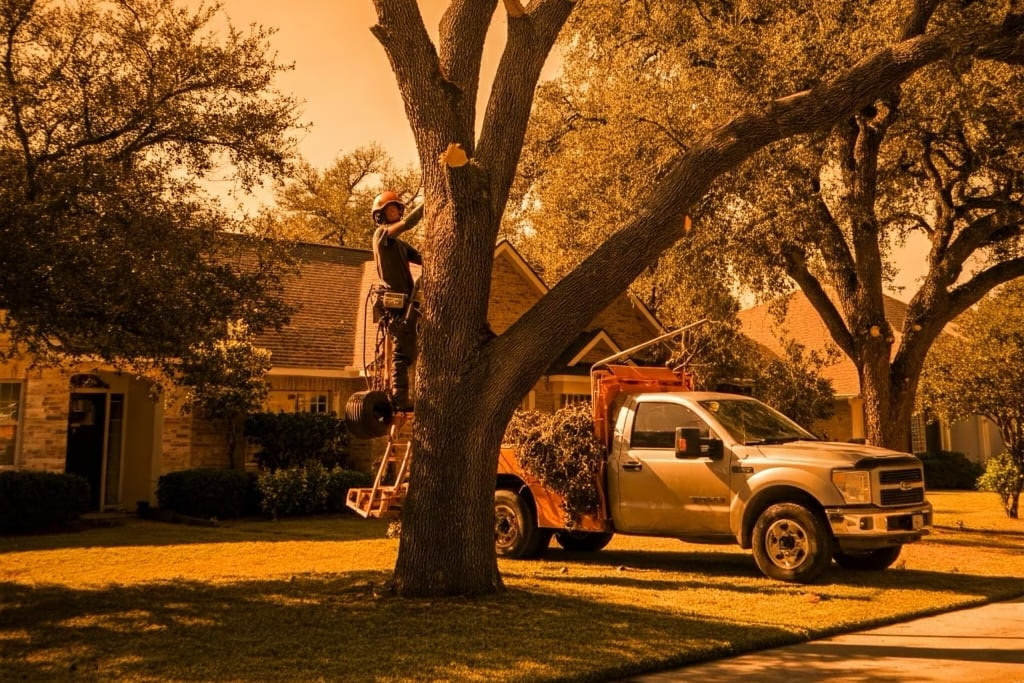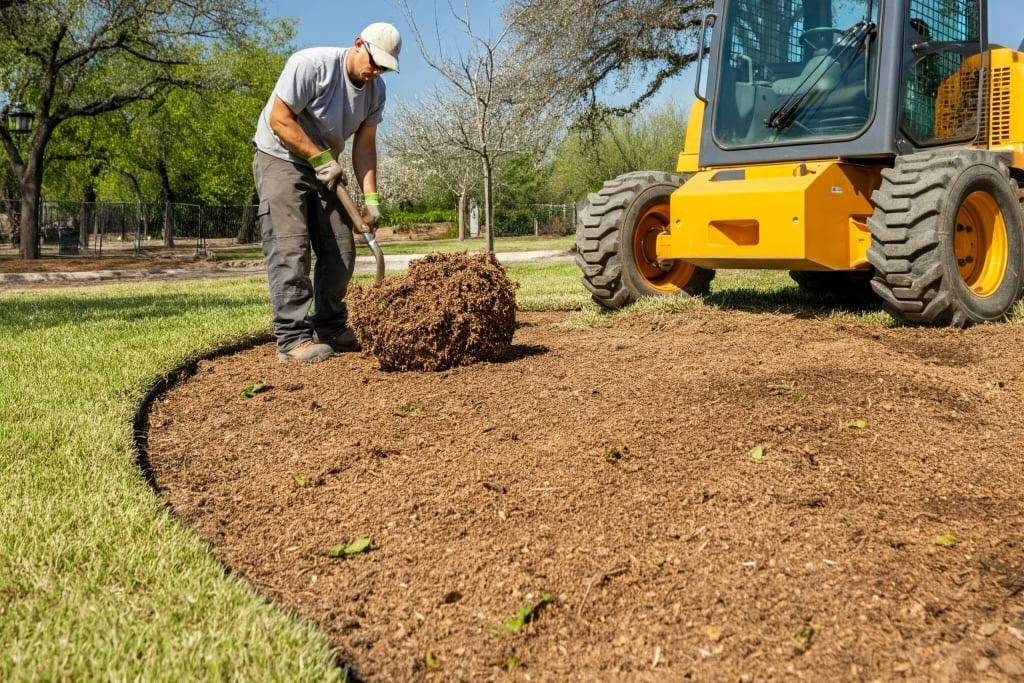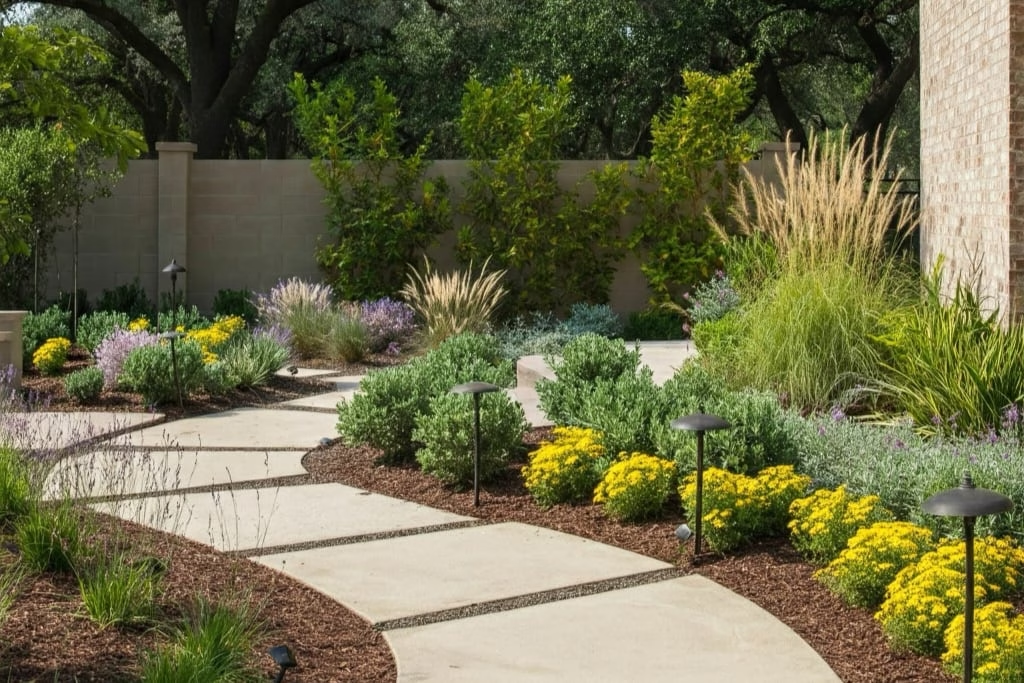As the crisp winter air settles over Austin, Texas, it’s easy to let your outdoor spaces fall to the back of your mind. But for those who dream of a lush, vibrant spring garden, winter is the perfect time to lay the groundwork. Residential landscaping in Austin is more than just a seasonal chore—it’s an art form that combines practicality with the natural beauty of the Texas Hill Country. Whether you’re a seasoned gardener or a first-time homeowner, this guide will help you prepare your yard for a stunning spring transformation.
Why Winter is the Secret Weapon for Spring Landscaping
While it might seem counterintuitive, winter is the ideal time to prepare your landscape for spring. The cooler temperatures and dormant plants create the perfect conditions for planning, pruning, and planting. By taking action now, you’ll give your garden a head start, ensuring it bursts into life when the warmer weather arrives.
Austin’s unique climate—characterized by mild winters and hot, humid summers—requires a tailored approach to landscaping. Native plants like Texas sage and black-eyed Susans thrive here, but they need proper care to flourish. Winter is the time to assess your yard, address any issues, and set the stage for a thriving spring garden.

Key Steps to Prepare Your Austin Landscape for Spring
1. Assess and Plan Your Landscape Design
Start by taking a walk around your property. Look for areas that need improvement, such as bare patches, overgrown shrubs, or drainage issues. Winter is the perfect time to sketch out a new design or make adjustments to your existing layout. Consider incorporating native plants, which are not only low-maintenance but also support local wildlife.
If you’re unsure where to start, consult a professional landscaper or visit the Lady Bird Johnson Wildflower Center for inspiration and advice on native plants.

2. Prune and Trim Trees and Shrubs
Winter is the best time to prune most trees and shrubs, as they’re in a dormant state. Proper pruning encourages healthy growth, improves air circulation, and prevents disease. Focus on removing dead or damaged branches, as well as any overgrowth that could hinder spring blooms.
For fruit trees, pruning in winter can lead to a more bountiful harvest. If you’re not confident in your pruning skills, consider hiring a local arborist to ensure the job is done correctly.

3. Prepare Your Soil
Healthy soil is the foundation of a thriving garden. Winter is the perfect time to test your soil’s pH and nutrient levels. Austin’s soil tends to be alkaline, so you may need to amend it with organic matter like compost or peat moss to create a more balanced environment for your plants.
Adding a layer of mulch to your garden beds can also help protect the soil from erosion and temperature fluctuations. Plus, it suppresses weeds, giving your spring plants a cleaner space to grow.
4. Plant Cool-Season Annuals and Perennials
While many plants are dormant in winter, there are plenty of cool-season varieties that can add color and life to your landscape. Consider planting pansies, snapdragons, or ornamental kale for a pop of winter color. These hardy plants can withstand Austin’s mild winters and will continue to thrive into early spring.
For perennials, winter is a great time to plant trees, shrubs, and bulbs. By planting now, you’ll give their roots time to establish before the heat of summer sets in.

5. Inspect and Maintain Hardscaping Features
Don’t forget about the non-living elements of your landscape. Winter is a great time to inspect and repair hardscaping features like patios, walkways, and retaining walls. Look for cracks, loose stones, or signs of wear and tear. Addressing these issues now will ensure your outdoor spaces are ready for spring entertaining.
A Quick Guide to Winter Landscaping Tasks
| Task | Why It’s Important |
|---|---|
| Prune trees and shrubs | Encourages healthy growth and prevents disease |
| Test and amend soil | Ensures optimal conditions for spring planting |
| Plant cool-season plants | Adds color and life to your winter landscape |
| Inspect hardscaping | Prevents costly repairs and ensures safety |
| Plan your spring design | Gives you a clear vision and saves time when the growing season begins |
Why Native Plants are a Game-Changer for Austin Landscapes
Incorporating native plants into your landscape isn’t just a trend—it’s a smart choice for Austin homeowners. Native plants are adapted to the local climate, making them more drought-tolerant and resistant to pests. They also require less water and maintenance, which is a win for both your wallet and the environment.
Some standout options for Austin landscapes include:
- Texas Mountain Laurel: Known for its fragrant purple blooms.
- Turk’s Cap: A shade-loving plant with vibrant red flowers.
- Bluebonnets: The iconic Texas wildflower that thrives in spring.
For more ideas, check out the Native Plant Society of Texas, which offers resources and plant guides tailored to the Austin area.
Final Thoughts: Start Now, Reap the Rewards Later
Preparing your Austin landscape for spring doesn’t have to be overwhelming. By tackling these tasks in winter, you’ll set yourself up for a seamless transition into the growing season. Whether you’re pruning trees, planting bulbs, or redesigning your garden beds, every step you take now will pay off in the spring.
So grab your gloves, head outside, and start transforming your yard into a springtime oasis. And if you need a little extra help, don’t hesitate to reach out to a local landscaping professional. After all, a beautiful landscape is more than just a yard—it’s an extension of your home.
Ready to take your landscape area to the next level?
Share your winter gardening tips in the comments below or contact a local expert to get started on your spring transformation today!
